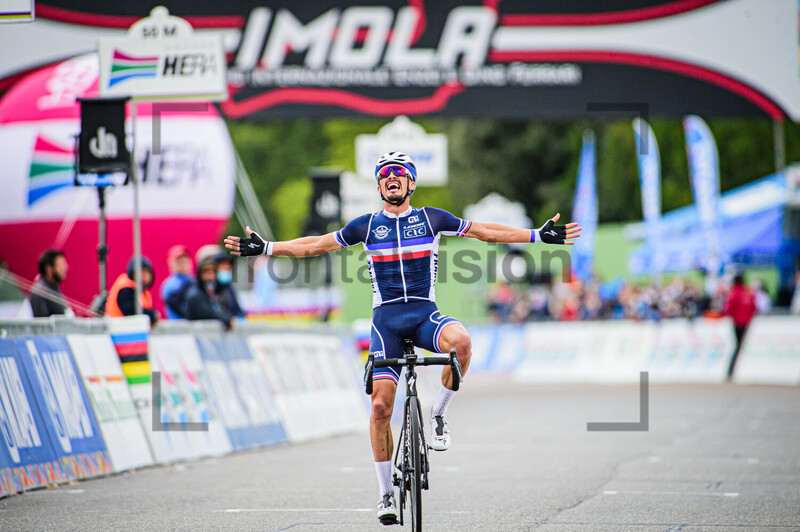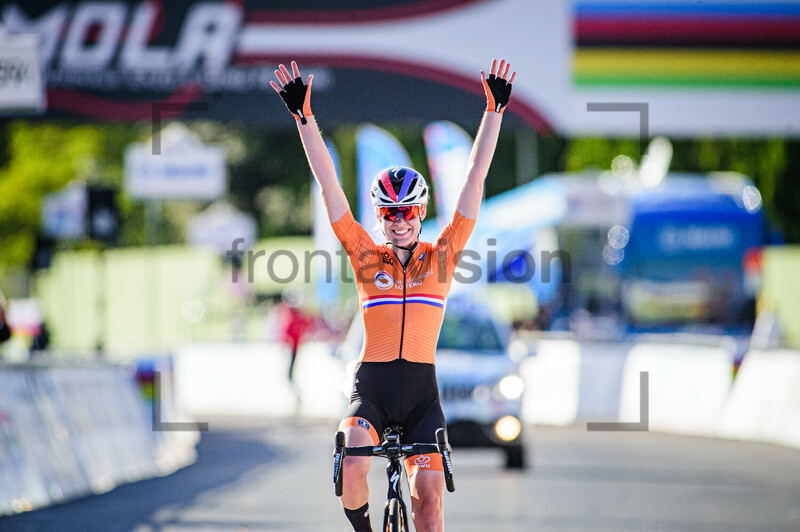Agriculture in the GDR was an important part of the economy and daily life. The government placed great emphasis on agricultural production to supply the population with food and to meet the demand for raw materials for industrial production. Agriculture was centralised and controlled by state corporations. There were no private farmers, only agricultural production cooperatives (LPGs) run by the government.
The agricultural production cooperatives (LPGs) were responsible for the following
The LPGs were responsible for the cultivation of grain, fruit and vegetables as well as animal husbandry. There were also large state-owned agricultural enterprises that specialised in the cultivation of commodities such as sugar beet, cotton and tobacco. The government placed great emphasis on the mechanisation of agriculture and promoted the use of modern technology to increase productivity. After the fall of the Berlin Wall and the reunification of Germany, there was a reform of agriculture that ushered in greater privatisation and a transition to market-based systems.
Historical pictures and photos of agriculture in the GDR
Photos, pictures and images of agriculture and agribusiness in the GDR in the years 1940 to 1990. From crop production with a focus on arable farming and the further production directions of horticulture (incl. fruit growing and ornamental plant cultivation) and viticulture to animal production with the different directions depending on the animal species, for example pig production, cattle production, poultry production, sheep production, fish farming:


